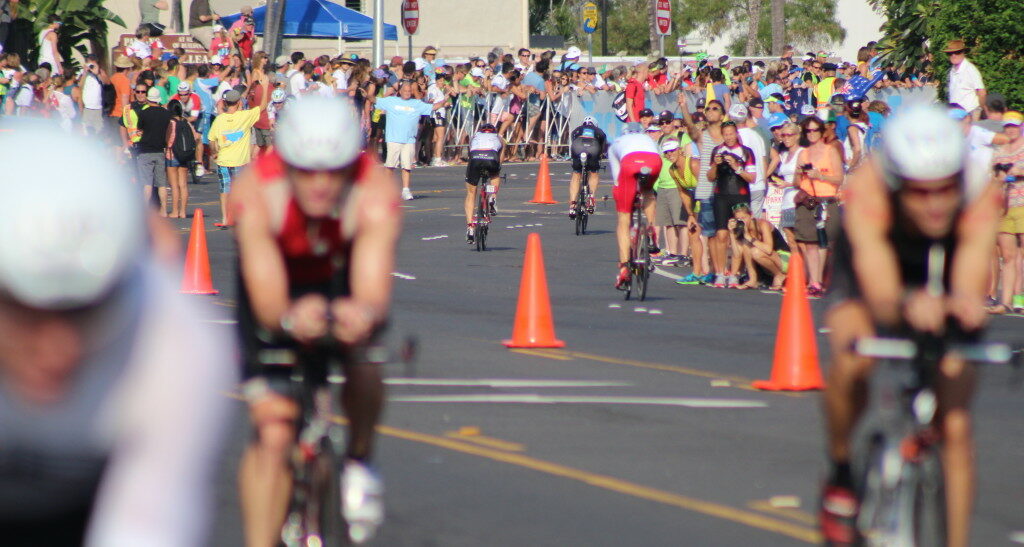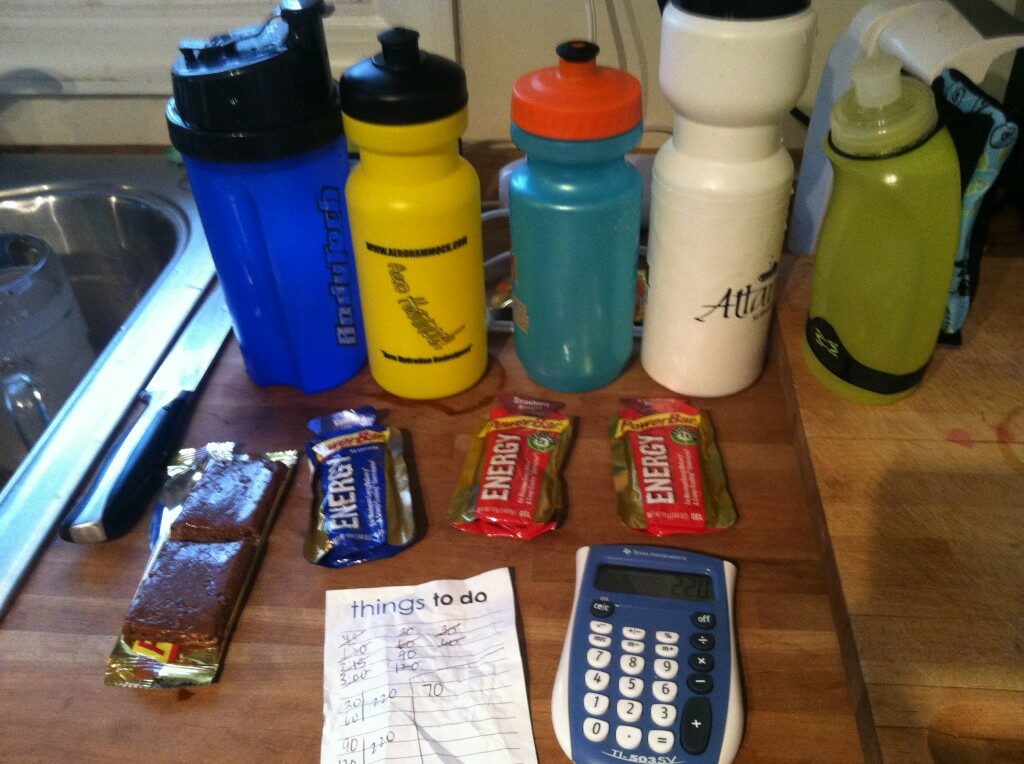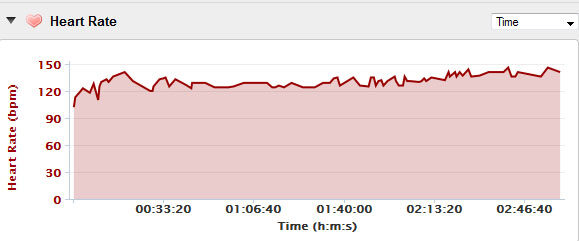 As we head into summer, many of you likely have some early season race results to boast or boo about.
As we head into summer, many of you likely have some early season race results to boast or boo about.
Whether you hit your goals or not, these early races offer important insights to help you tweak the rest of your season and get the most out of your training.
As the post-race glow subsides, it’s important to conduct a post-race analysis to evaluate your race performance, and to determine what worked and what didn’t, where your strengths lie, and what limiters need tweaking.
After a race, we analyze a series of indicators, among them we include a quantitative and qualitative analysis of various factors including the pacing and fueling strategy, heart rate, power, placement in the field, and how the race felt. This is by no means an exhaustive list, but it hits the key elements you want to focus on.
Within a day or two of the race, write down your thoughts about the race and specific details about the experience. Even if you aren’t going to engage in the analysis right away, it’s a good idea to get these ideas committed to paper.I f you have a coach, share the report with her/him. This will aid in the analysis of the numbers.
The more days that get between you and the race, the easier it is to recreate history. You don’t want to do that. You want a realistic and honest assessment of how the day went so you can make solid decisions about your future training.
Consider the following items in your assessment:
Pacing
Were you able to hit your pacing targets (based on HR, power or speed)? If not, why not? Did weather, fueling, or sickness play a role? Were your targets realistic based on your training leading into the race?
If you exceeded your targets, why do you think that was possible? What were the factors that led to your success?
Consider both internal and external influences.
For triathletes, consider how your pacing strategy from one segment may affect the next segment. For example, I often hear triathletes say something like this: “I had a good swim, and a great bike. But, my run was terrible.” Here’s the hard truth: You didn’t have a good swim and a great bike if your run was terrible. You had a bad race.
For marathon runners, we hear, “The first half of the race was great, but the wheels fell off the bus around mile XX, and I had to slow down.”
Be honest with yourself about why the race strategy missed the mark, so that you can put together a solid race the next time. This may be due to overshooting your effort too early in the race, a fueling issue, or something else specific to the day.

Fueling
Was your fueling plan appropriate to the rigors of the day, e.g., too many or too little calories, too much or too little hydration?
Did you experience any GI problems?
If there were problems, how severe were they? Was it due to the calorie counts, the timing of the calories, hydration, electrolytes, something else?
The best way to ensure that there are no fueling mishaps on race day is to practice consistently in your training, preferably in conditions that are relatively similar to race day.
Extreme heat or cold can affect the amount of calories, electrolytes and hydration you need. Be prepared.
The Numbers: Heart Rate & Power
In addition to the qualitative assessment, you can use heart rate and power data (if available) to assess your performance. Were you able to maintain a consistent and appropriate heart rate and power profile throughout the race?

If you find it hard to elevate or maintain your heart rate, that could be telling you something about your pacing strategy or your nutrition strategy.
If you found it hard to keep your heart rate elevated toward the end of the race that could be indicative of an error with fueling, likely that you needed more calories. You may have also pushed the first part too hard, leaving you with nothing to finish strong. Or perhaps, this is an approach you need to focus on more in training.
Was it hard to keep your heart rate down? If so, perhaps dehydration or heat was an issue.
If you weren’t able to maintain power numbers within a desired heart rate range, determine why that might be so. Were your numbers realistic? Did you overdo your training during race week, leaving you fatigued on race day? Was there something about the external conditions that affected your performance?
Did you have a series of big spikes in your power, a high variability index? While the spikes may be short, over time, they add up to a big problem. You need to be cautious and controlled when you burn matches like that.
Placement in the field
For athletes with competitive goals, it can be helpful to analyze your placement in the field. The most basic analysis includes determining your overall placement, your placement within your gender, and your placement within your age group.
Then, you can break it down further depending upon what data is available to you.
Runners can compare their splits at various points in the race with others (if the race results provide various split times). Do you get stronger or fade as the miles pile on? How does that compare with your peers? Was there something about the terrain or the weather that impacted effort? Did that affect you more or less than your peers?
For triathletes, it helps to look at your placement within each segment, as well as overall. So, what was your placement in the swim, the bike and run – overall, gender and age group?
Are you at the top of your AG in the swim, bike or run, and then in the middle or bottom for the other area(s)? How do your swim, bike and run splits compare with other athletes who finished around the same time as you? Are you very strong in one area or do you have balanced numbers across the three areas?

This type of analysis will give you some insight into the areas that require the most work in order to be more competitive overall, in your gender and in your age group.
It also helps provide some perspective if you missed a time goal. As we’ve written before, pace and speed is affected by a variety of factors – most of which are out of your direct control (e.g., weather, hills, road surface).
Let’s say your goal was to ride a sub-6 hour Ironman bike (112 miles). You wound up riding 6:15 in miserably hot and windy conditions. You are disappointed, perhaps.
When you do a placement analysis, you find that the average ride time in your age group was 6:42. Then, you realize you had a top 10 bike split. You also make some comparisons to the previous year, finding that ride times this year were about 15 minutes slower compared to the previous year. Maybe now you aren’t quite so disappointed.
There are a variety of sites that help with this type of analysis. RunTri.com offers great analysis of various races (marathons, half ironman and ironman), making between-year comparisons, within-year overall and AG comparisons, and more. SlowTwitch offers enhanced results of many of the major Ironman races, and a few half Ironman races.
If your race isn’t highlighted on these sites, you can still conduct your own analysis. I usually download or copy the race results into an excel spreadsheet, making it easier for me to manipulate the numbers the way I need them.
There are a wide variety of factors you will want to consider in your post-race analysis, beyond even what we’ve touched on here. Regardless of what you include in your analysis, you should be thinking about what this tells you for your future training. If you are honest and realistic in your analysis, then you will find valuable clues and suggestions for how you can tweak your training to get a breakthrough performance the next time you race.
